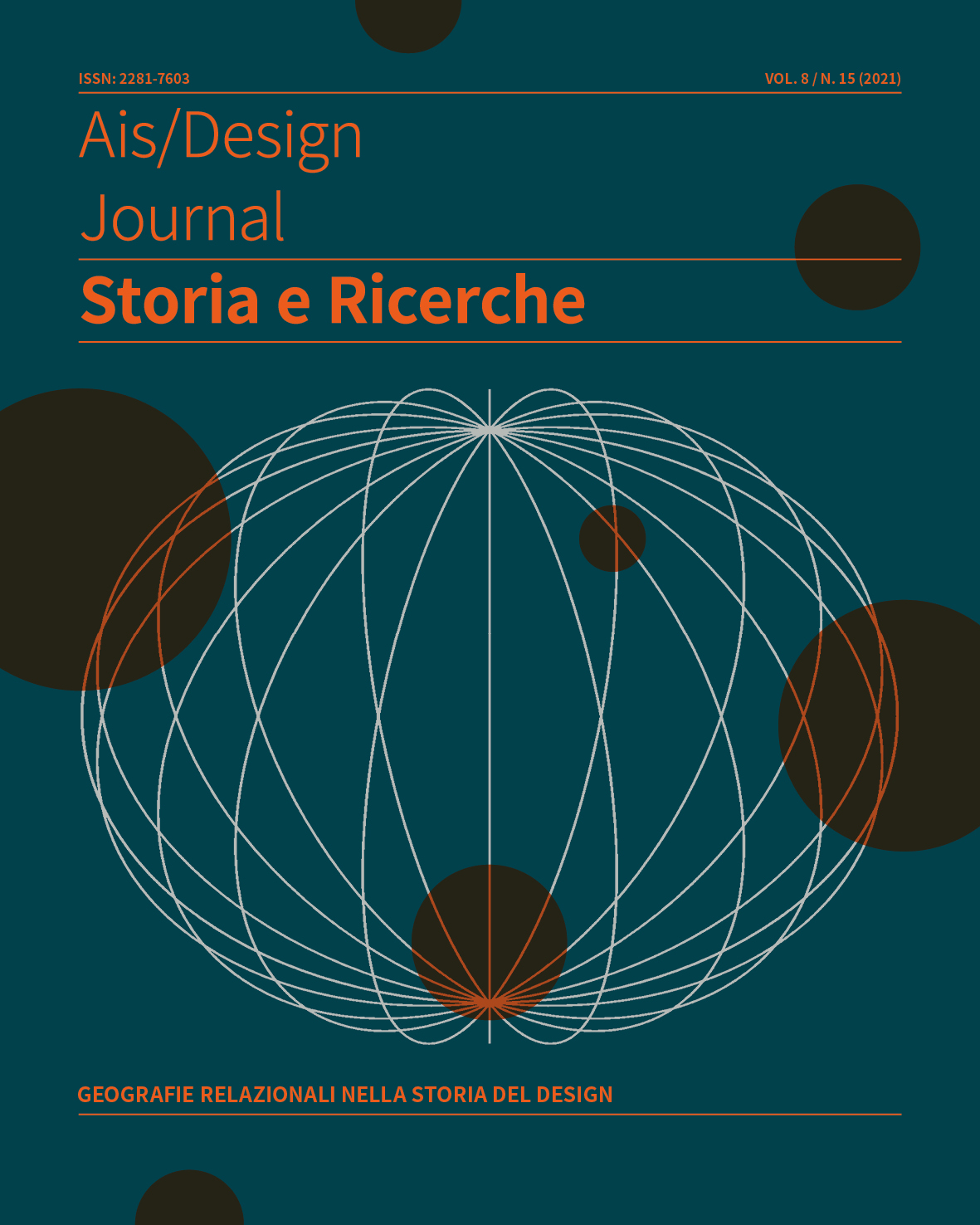Coexistence, Appropriation, Identity
Japanese Design Between the Thirties and the Sixties: Global Trends and Local Culture in the International Events
Abstract
The research aims to trace a critical analysis of Japanese communication design, between international modernism and local culture, focusing on some international events. The period of time under consideration spans from the Thirties, the apex of the Empire’s colonialism and Pan-Asianism, to the Sixties, with the postwar resurgence and the rise of Japan as an international power and a protagonist in the design field.
The key moments analysed in the essay are the Tokyo and Sapporo 1940 phantom Olympics, the World Design Conference held in Tokyo in 1960, the Tokyo 1964 Olympics: by studying these events, it is possible to detect some crucial touchpoints between Japanese and western design.
The research is enriched on the one hand by the analysis of critical writings on national identity and Olympic design, and on the other hand by the study of rare and original documents about the aforementioned events, preserved in the Musashino Art University Library (Tokyo) and the Olympic Studies Center archives (Lausanne).
Copyright (c) 2021 Claudia Tranti

This work is licensed under a Creative Commons Attribution-NonCommercial-NoDerivatives 4.0 International License.
Creative Commons NonCommercial-NoDerivates 4.0 international License (CC BY-NC-ND 4.0).


